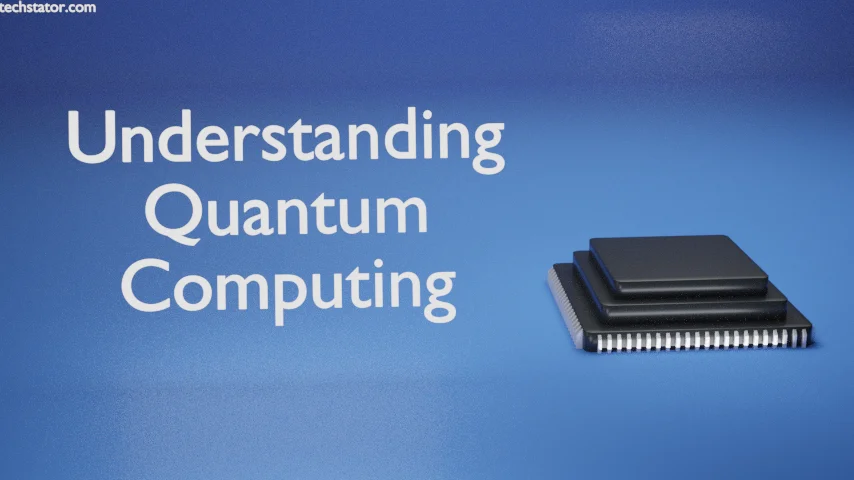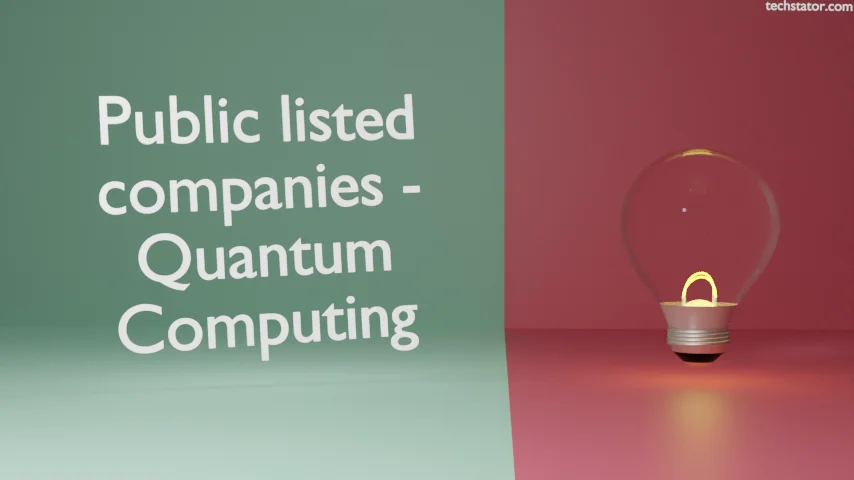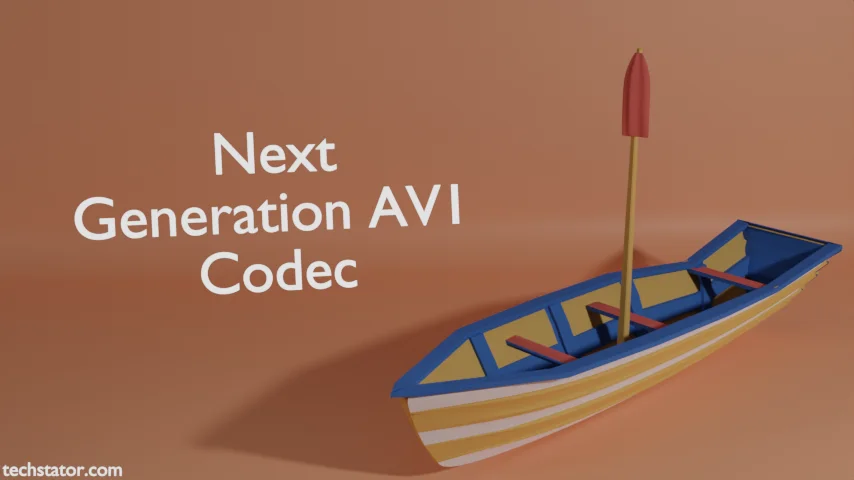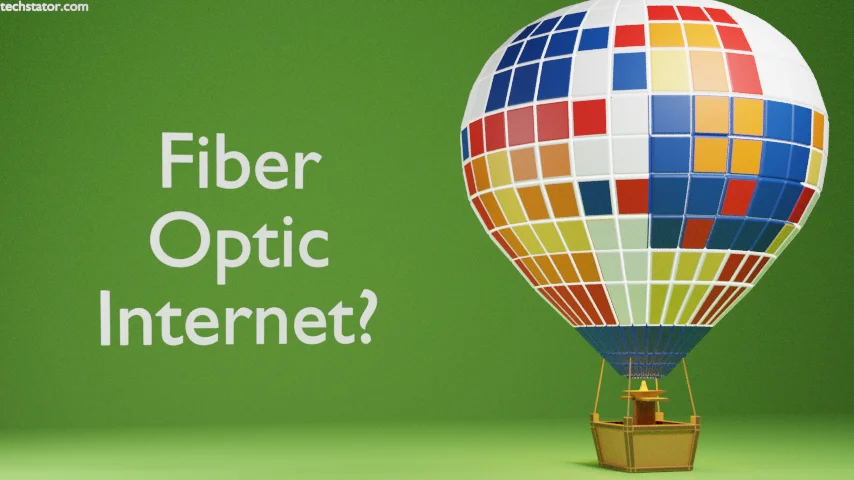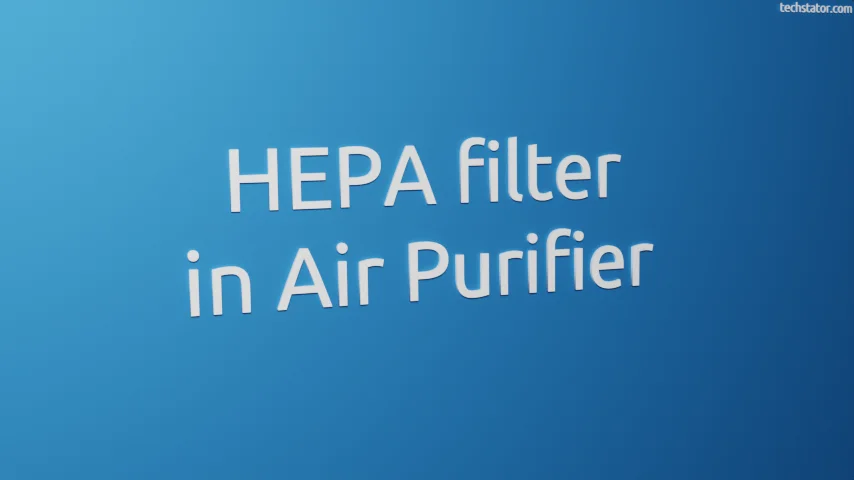What is Versatile Video Coding (VCC) or H.266 ?
Versatile Video Coding or H.266 is standard for video codec. It is a compression codec which provides better video quality and reduction in data size.
H.266 is released under Reasonable and non-discriminatory licensing (RAND) by Joint Video Experts Team (JVET). It is an upgrade from previous video codec standard H.265 or High Efficiency Video Coding (HEVC).
While providing with same quality as previous standard, Versatile Video Coding provides 50% better data compression. That means we get same quality video which now uses 50% less bandwidth.
In recent years, there is huge demand in video consumption from internet users, majority of data bandwidth is used for video consumption. Understanding the market, many companies are now providing video streaming services. These services depends on a higher data bandwidth.
One of the objective of these streaming services is to provide higher quality video with a minimal bandwidth usage. This, in turn, reduces the cost of users as well as for streaming companies.
With video resolution offered up to 4K and 8K, consumption of data has increased. Besides, It is important for companies to provide faster services over internet while maintaining higher video quality.
Furthermore, previous versions of video codec – H.264 and H.265 – also known as Advanced Video Coding (AVC) and High Efficiency Video Coding (HEVC). These make up a majority of video codec compression used by industry.
The video codec is set to provide easier licensing option to digital right holder and developers alike. It is also working to provide encoders and decoders to users and device makers as hardware.
H.266 is excepted to make its way to phones, TVs, Laptop and other media devices in the future.
